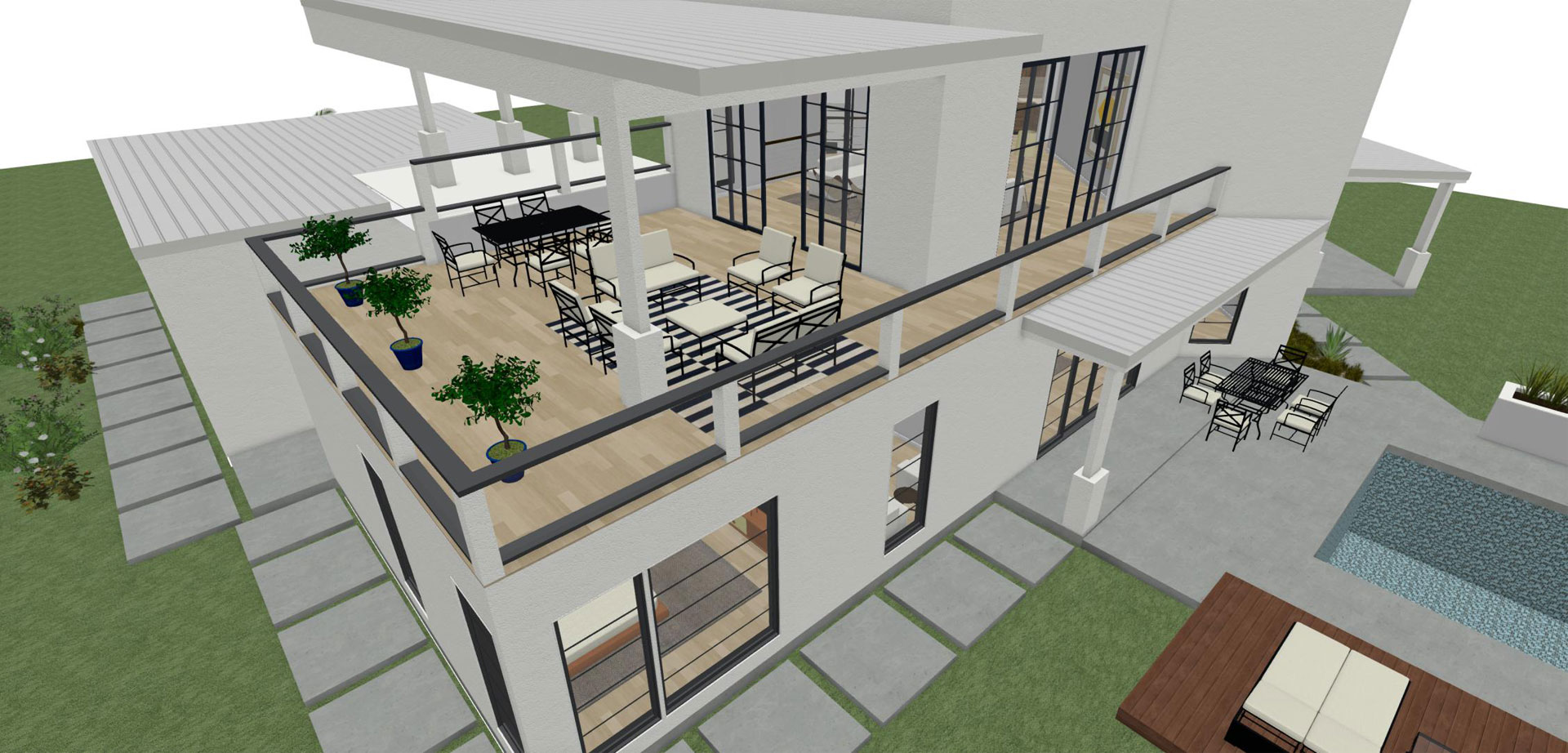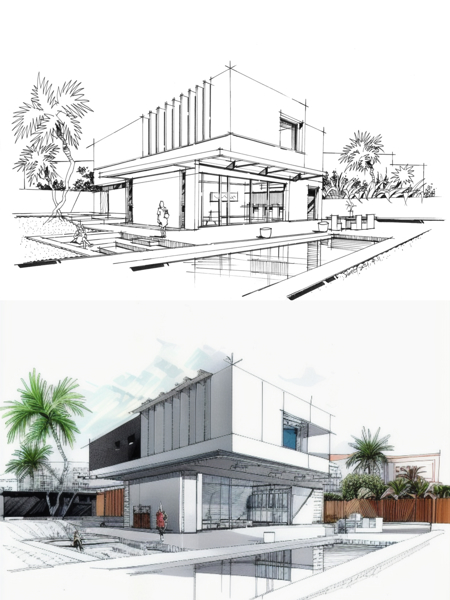The Vital Function of an Engineer fit Lasting Urban Settings for Future Generations
The role of an engineer in crafting sustainable city environments is significantly critical in reacting to the challenges of environment change and urbanization. By flawlessly integrating eco-friendly principles right into their designs, designers not just enhance the visual and useful high quality of city spaces however additionally address pressing problems such as power efficiency and social equity.
Recognizing Lasting Urban Design
Lasting city design incorporates eco-friendly principles with city planning to produce settings that are not only comfortable but likewise durable. This approach highlights the relevance of incorporating all-natural systems right into the city fabric, making certain that development meets the requirements of the here and now without endangering the capacity of future generations to meet their own requirements. Crucial element of lasting metropolitan layout consist of efficient land use, the promo of biodiversity, and the integration of environment-friendly spaces, all of which add to enhanced lifestyle for homeowners.
Additionally, lasting urban layout focuses on the decrease of the city warmth island result, boosted air top quality, and reliable stormwater monitoring. It urges making use of eco-friendly sources and energy-efficient structure techniques, which significantly lower carbon footprints. Sustainable city layout cultivates social equity by developing obtainable public spaces and promoting mixed-use developments that cater to diverse populations.
With thoughtful planning and innovative style approaches, lasting metropolitan environments can enhance area durability against climate adjustment while promoting economic development. This alternative method not only addresses immediate city difficulties but additionally lays the foundation for much healthier, much more sustainable cities for generations ahead.
Trick Responsibilities of Designers
Designers play a critical role in shaping sustainable urban settings by equating style concepts into substantial structures and rooms. Their responsibilities encompass a wide variety of activities that add to the total success of metropolitan layout jobs.
Firstly, designers conduct thorough site evaluations to understand the ecological, social, and cultural context of their jobs. This fundamental knowledge educates their design choices, guaranteeing that structures integrate with their surroundings. They additionally engage in collective procedures with stakeholders, including city coordinators, designers, and the area, fostering an inclusive strategy to urban development.
In addition, architects are charged with developing designs that enhance power performance, resource conservation, and performance. They have to comply with local zoning laws, developing codes, and sustainability accreditations, making certain compliance while pushing the boundaries of development.

Ingenious Materials and Techniques
In the pursuit of environmentally responsible layout, ingenious materials and strategies have actually become crucial components in the development of lasting metropolitan atmospheres. Designers are increasingly using materials that minimize ecological impact while enhancing energy performance. For instance, recycled materials, such as recovered wood and repurposed steels, not only lower waste however also include unique visual qualities to frameworks.
Additionally, developments in modern technology have actually resulted in the advancement of high-performance products, such as shielded concrete forms (ICFs) and photovoltaic glass, which add to power conservation and harness sustainable power. Strategies such as easy solar layout and green roofing systems better exemplify how architecture can balance with natural systems, minimizing dependence on fabricated heating & cooling.
In addition, the integration of smart materials, which adapt to environmental changes, offers promising avenues for improving building performance - cda architects. These products can react to temperature level variations or dampness degrees, enhancing convenience and sustainability
Inevitably, the calculated click to read more choice and application of ingenious products and methods empower architects to create city rooms that are not just practical and visually pleasing great site but also resistant and eco liable, ensuring a lasting future for generations to find.
Neighborhood Engagement and Cooperation
The success of cutting-edge products and strategies in sustainable metropolitan architecture is significantly boosted by active community involvement and partnership. Designers must identify that the developed environment profoundly affects the lives of neighborhood citizens, making it crucial to involve them in the layout process. Involving the neighborhood fosters a feeling of ownership and liability, guaranteeing that developments not just meet visual and functional demands but additionally show the worths and goals of those that occupy them.

Effective area engagement also helps in prioritizing social equity within urban advancement. By thinking about the voices of marginalized populations, designers can develop rooms that are comprehensive and fair. This way, area engagement and collaboration become important to accomplishing genuinely sustainable urban environments that offer the demands of present and future generations.
Future Fads in Lasting Style

In addition, developments in innovation are shaping future trends in lasting design. The integration of clever materials and structure systems enables real-time power management, enhancing performance and decreasing carbon impacts. Developments such as environment-friendly roofings, living wall surfaces, and energy-generating exteriors are becoming common practices, additionally click for more info promoting environmental balance within urban atmospheres.
In addition, a shift towards biophilic layout is gaining grip, highlighting the link in between nature and human well-being. By integrating natural environments, designers create spaces that promote psychological wellness while promoting biodiversity.
Final Thought
Finally, designers are crucial beforehand sustainable urban environments with their knowledge in layout, cutting-edge products, and neighborhood involvement. By focusing on power performance and resource conservation, these experts add to the creation of durable city areas that satisfy the requirements of existing and future generations - cda architects. The integration of environmental principles not only improves livability however likewise fosters social equity, making sure advancements resonate with the values and goals of the neighborhoods they serve